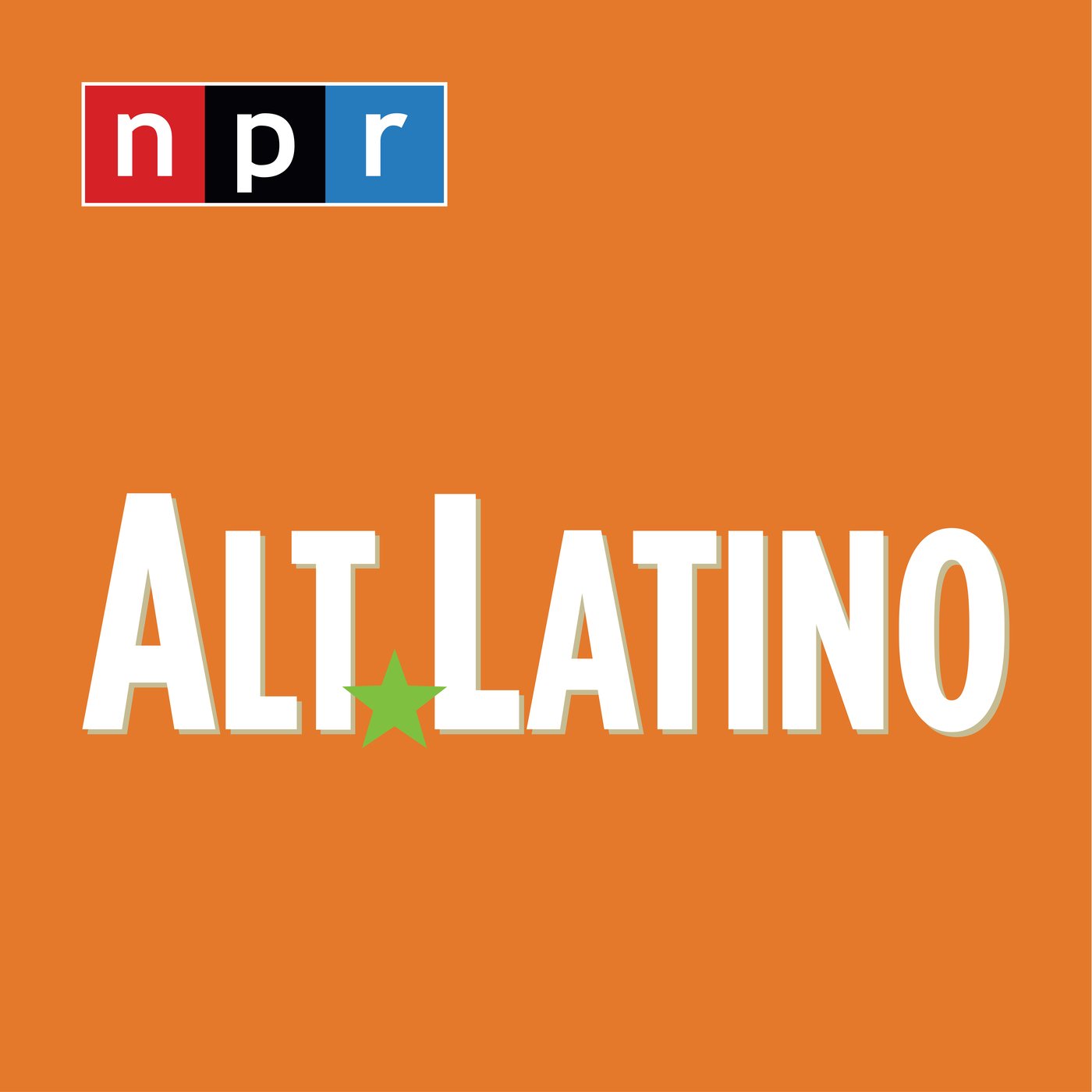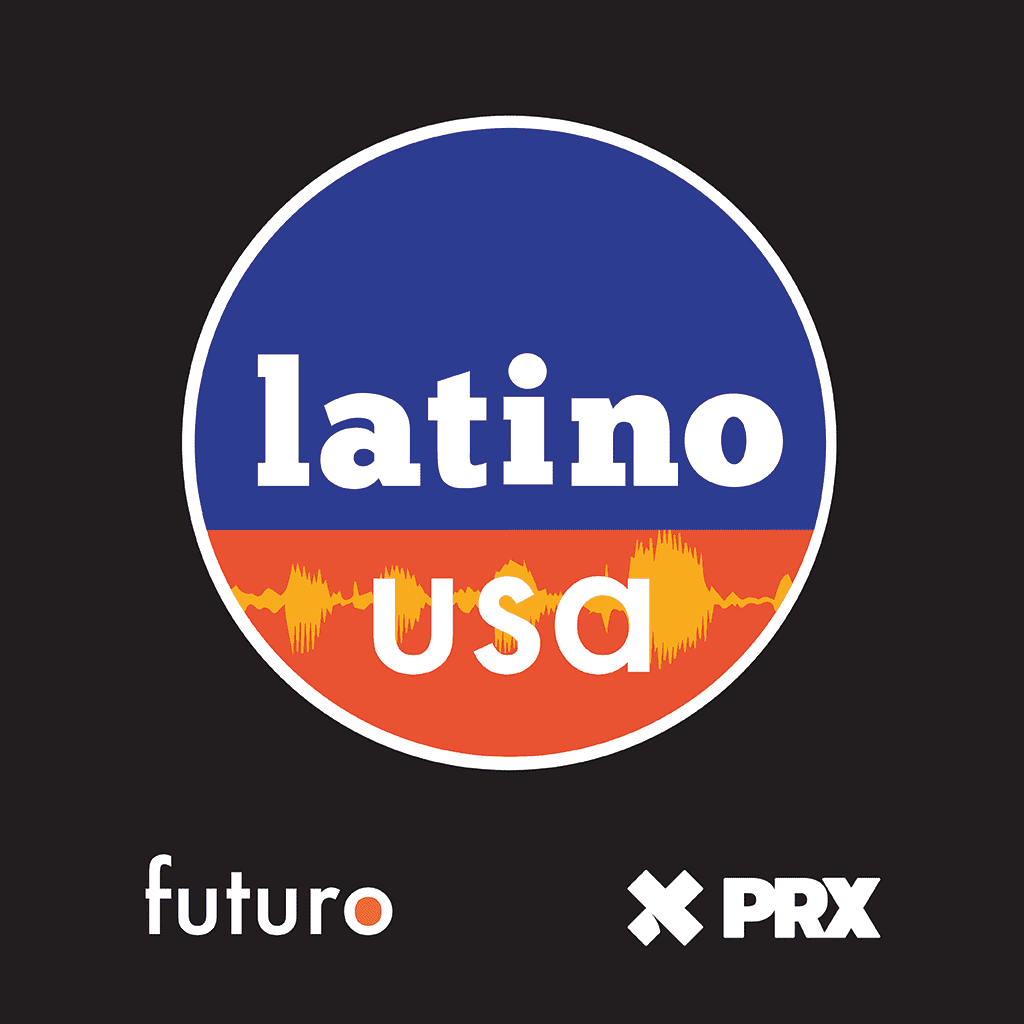The Sound of Exclusion: NPR and the Latinx Public
In 2020, National Public Radio (NPR), the country’s largest publicly funded radio network, celebrated its 50th anniversary with the tagline “Hear Every Voice.” The theme was meant to capture public radio’s promise of inclusivity, but as a network that purports to represent the American public, NPR has been the subject of continuous critique for its failure to serve Black and Latinx listeners. Critics of the network have argued that instead of serving the country’s most disenfranchised listeners, NPR has invested its resources in pursuing an audience that is affluent, highly educated, and primarily white.
The promise and failure of NPR is the subject of The Sound of Exclusion: NPR and the Latinx Public (University of Arizona Press, 2021). Based on historical records, interviews with NPR practitioners, and analyses of NPR programming, it becomes evident that the network has spent decades securing its position as a white public space, while relegating Latinx listeners to the periphery. Furthermore, NPR’s broadcast practices are tied to a larger cultural logic, in which Latinx identity is differentiated from national identity. It is a logic embedded in everyday broadcast practices and enacted by a range of public media practitioners, including station managers, news directors, producers, and editors. Yet such practices have important implications for Latinx participation in civic discourses. After all, identifying who to include in one’s imagined audience necessitates a process of who to exclude.
These exclusionary practices are occurring during a profound moment of change. At 18% of the country’s population, US Latinxs are becoming increasingly important to the American public that NPR is tasked with serving. This number is expected to grow exponentially in the next few years. By 2045, Latinxs will account for almost 25% of the country’s population. Despite their growing importance, Latinxs are continuously perceived as outsiders, a perception based in a narrow conception of national identity, which situates whiteness as its norm. Commercial news organizations have, to varying degrees, been complicit in promoting these racialized discourses, but as a public resource, NPR was meant to serve as a unique kind of news organization. As the nation’s flagship public radio network, NPR asserts unique claims not only about what it means to be American, but also who gets to be American. By serving the broad range of the American public, NPR might serve as an important cultural forum, in which listeners can imagine the nation and negotiate their places within it.
Certainly, this was the original intention of NPR’s architects. Established by the Public Broadcasting Act of 1967, NPR was designed with two clear mandates: to engage listeners in civic discourses, and to represent the diversity of the nation. NPR’s ability to serve the country’s most disenfranchised listeners would be addressed by its funding model. By separating NPR’s funding from both the government and Corporate America, NPR would be able to pursue stories that better serve the interests of the public.
Almost immediately, however, NPR failed to deliver on this promise. As early as 1977, the Corporation for Public Broadcasting (CPB) commissioned a task force to examine how public media was faring on addressing the needs of marginalized communities. Led by Professor Gloria L. Anderson, vice chairman of CPB, the coalition met to develop policies that would maximize the growth, development, employment, and participation of people of color in all aspects of public broadcasting. In the words of the committee, their goal was to “set out to determine how well that system by then known as public broadcasting has met, and is meeting, the informational and educational needs and interests of Blacks, Asians, Latinos and Native American citizens.”
After eighteen months of deliberations, the committee issued a scathing report titled, A Formula for Change: The Report of the Task Force on Minorities in Public Broadcasting. In it, the committee identified several barriers to the full participation of people of color in public broadcasting and identified ways by which to overcome them. In its executive summary, the task force described the public broadcasting system as being “asleep at the transmitter,” and the committee found that diversity programming was seriously deficient and that proposals for programs meant for listeners of color were rejected at a disproportionately higher rate.
By 1988, NPR made a series of decisions that would determine how NPR would imagine Latinx listeners, a legacy that continues to this day. First, NPR canceled Enfoque Nacional, a Spanish-language news program, which essentially marked the network’s commitment to being an exclusively English monolingual space. More important, however, was NPR’s adoption of the commercial practice of market segmentation. In response to economic pressures, NPR executives decided to pursue a target audience with enough disposable income to make generous annual membership donations and to appeal to up-market underwriters. During this time, NPR decided against creating specialized programming that would serve working class, Spanish dominant Latinx listeners. Instead, the network decided to segment Latinx audiences into sub-groups and then target highly educated, English dominant Latinxs who were most congruent with their existing audience.
NPR has never really deviated from that strategy and, over time, has evolved into a mainstream news organization that serves listeners with significant amounts of cultural, social, and economic capital. There are, however, moments of resistance. Latino USA, Radio Ambulante, and Alt.Latino are three Latinx-produced, national radio programs that were nationally supported by NPR. At their best, these programs can be important, profound, and sometimes oppositional. By telling the stories of Latinxs, in their own words, they can serve as an important form of representation in a media landscape that can often ignore them.
These three cases, which are explored in the book, reveal the complexities and contradictions that exist within media organizations. From this perspective, Latinx media producers must not be seen simply as passive agents in the larger process of cultural production. Instead, there are moments of creativity and struggles over representational practices from the vantage point of Latinx practitioners working with and within NPR. From this perspective, radio programs like Latino USA, Radio Ambulante, and Alt.Latino exemplify the potential for Latinx practitioners within public radio to negotiate, and at times even subvert, the constraints imposed by NPR to their own purposes.
It was telling, however, that in 2020, Maria Hinojosa, the host and producer of Latino USA made the remarkable decision to end her long-standing partnership with NPR, which had managed the program’s national distribution since 1994. Later that year, Lourdes Garcia-Navarro, host of Weekend Edition, left NPR to join the Opinion Audio Team at the New York Times. Then Noel King, host of NPR’s Morning Edition announced her own resignation followed by Audie Cornish. The exodus of NPR’s star talent, in such a short amount of time, has prompted public conversation regarding NPR’s ability to recruit and retain journalists of color.
This is not NPR’s first public reckoning on race. Over the course of its fifty-year history, the network has frequently felt pressure to defend the ways in which it serves the needs of Black and Latinx listeners. NPR’s history tells us that the network has been caught up in a continuous cycle of public critique followed by internal reflection. Rarely, however, has this self-examination resulted in meaningful change. The network may make moves to hire Latinx journalists to headline its flagship programs, but the institution itself is never under question. Nor is there a wholesale reconceptualization of the public that it is tasked with serving.
And herein lies the problem. NPR’s inaction on diversity issues reflects a failure of imagination that prohibits the network from seeing Black and Latinx listeners as truly being members of the public for whom it creates programming. This complacency comes at an important time in American democracy, in which there are growing systematic efforts to exclude Latinx voters. The book calls for a reimagining of NPR as a public good that is meant to be accessed by the broader spectrum of the American public, not just the country’s most elite.
The Sound of Exclusion: NPR and the Latinx Public
by Christopher Chávez
240pgs. The University of Arizona Press. $26.95
Christopher Chávez is an associate professor in the School of Journalism and Communication at the University of Oregon. He holds a PhD in communications from the University of Southern California. His research lies at the intersection of Latinx media, globalization, and culture. He is author of Reinventing the Latino Television Viewer: Language Ideology and Practice and co-editor of Identity: Beyond Tradition and McWorld Neoliberalism. Prior to his doctoral research, Professor Chávez worked as an advertising executive at advertising agencies in San Francisco, Los Angeles, and Boston.




